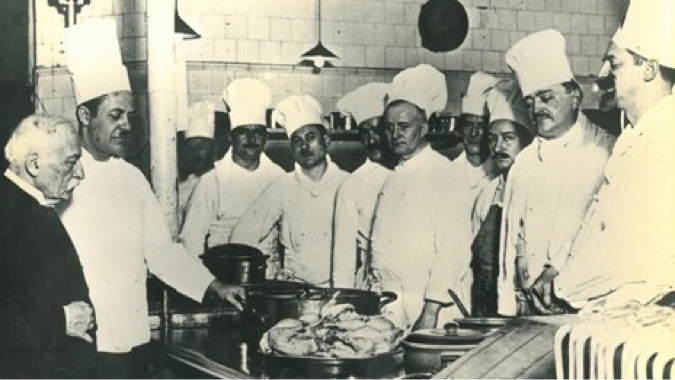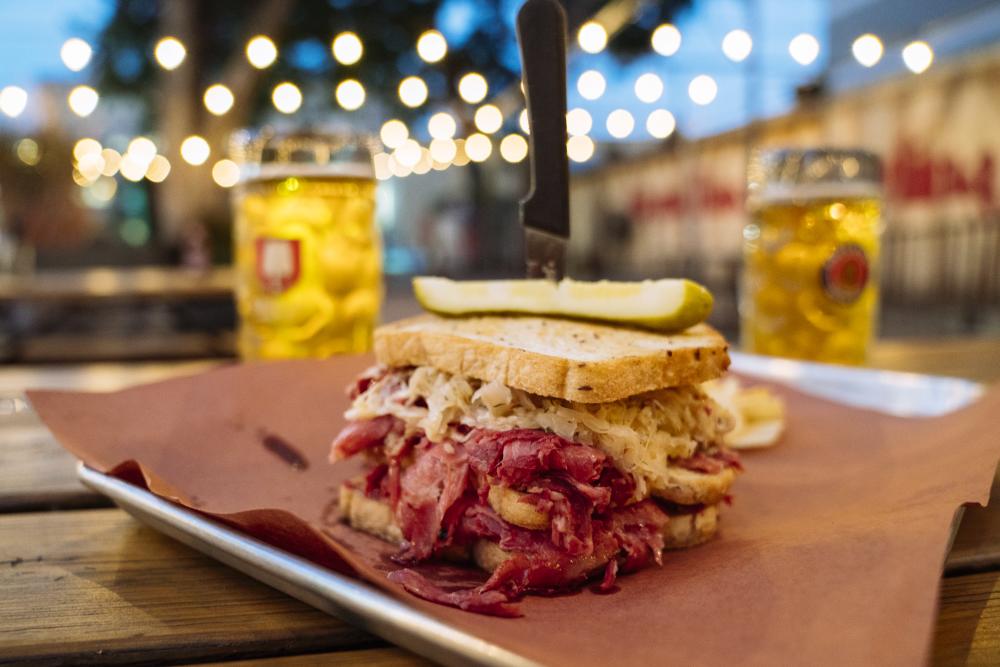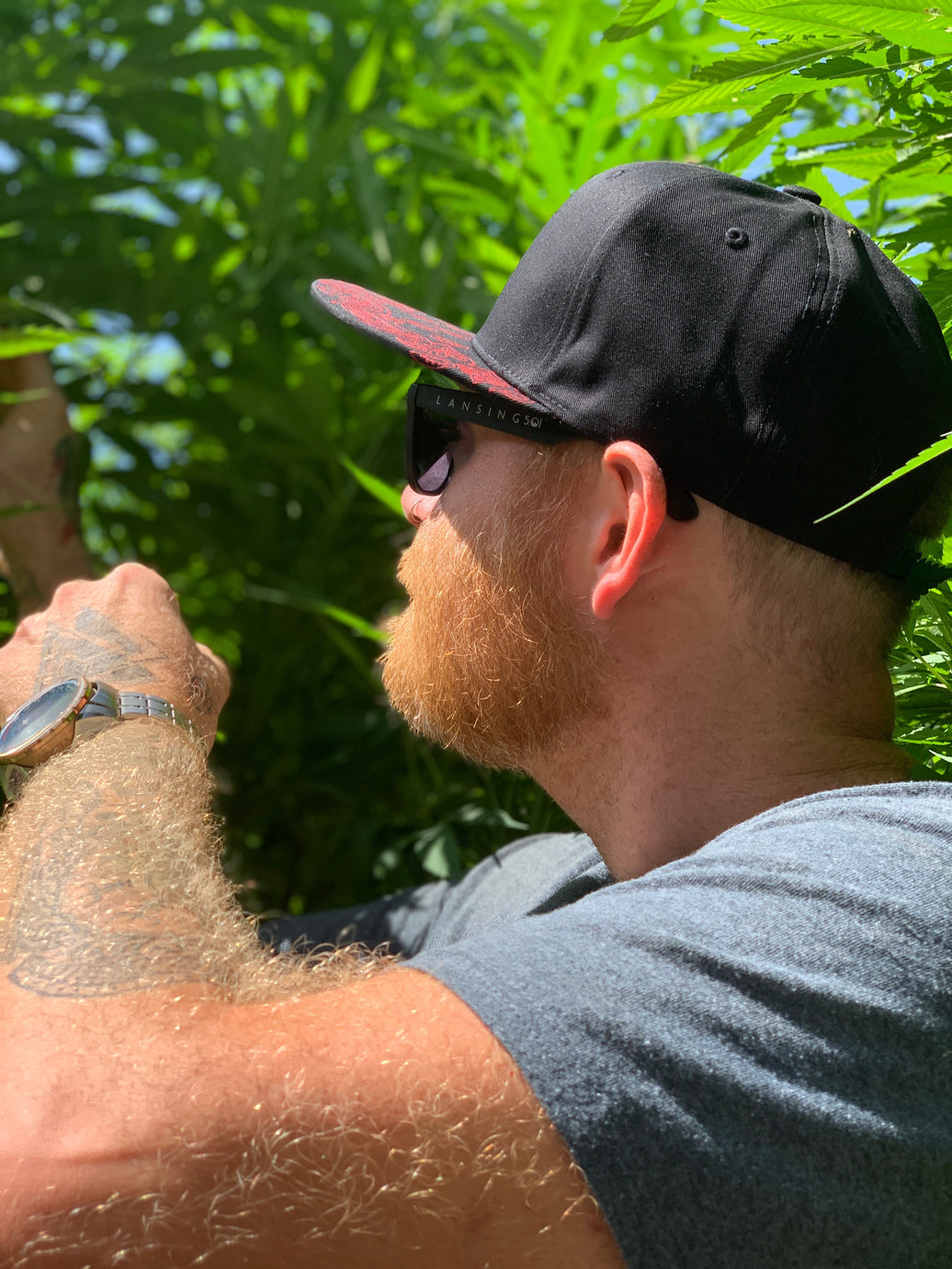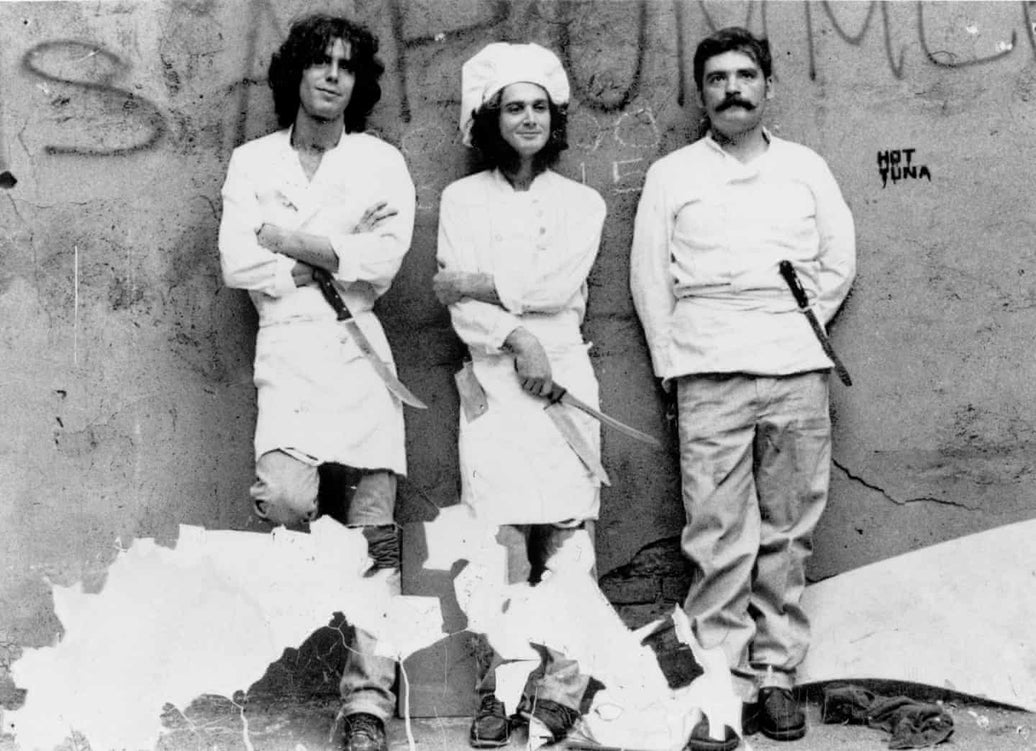-article written and provided by Chef William Giordanio.
I have had this discussion dozens of times. Fresh seafood vs frozen. It is a "no-brainer” fresh seafood wins every time, but how fresh is your supposed fresh seafood? If you live in a coastal area you probably can get seafood delivered that is still breathing. Eyes are clear, gills are bright, scales are tight. It smells like an ocean breeze, not remnants from last Friday's fish fry that missed the bin. When it comes to one of our most popular seafood items shrimp, an overnight thaw or a quick water bath and fresh frozen shrimp are ready to go. Again, unless you go from the boat to your restaurant, fresh frozen shrimp or scallops is the way to go any day.
The fishing industry is catching fish from all over the world and shipping it everywhere. The problem there is time from catch to dock to distributor and to truck to your restaurant. It is quite possible your so called fresh fish delivery is 3-5 days old before you use it.
Take a look at one of our largest commercial fishing factory ships, the Alaska Ocean which operates in the Bering Sea south of Alaska. They average pulling in over 100,000 Tons of fish every time they set their nets. They do this 3-4 times during a 24-hour cycle. As soon as the nets full of fish are pulled in, fish is dropped from floor to floor of the ship for processing. The fillets are separated from skin & bones, quickly frozen, boxed, and stored in huge freezers until the ship returns to port. The Alaska Ocean catches over 40% of the world's pollock. Most of their filleted product goes directly to McDonald’s distributors to be shipped to restaurants all over the world. If you have ever eaten a McDonald's filet of fish sandwich, it most likely came from the Alaska Ocean.
They actually use every bit of the fish. After processing the fillets, the leftover fish on the skin and bones is mostly turned into surimi, which is the imitation crab-meat used by many restaurants. Most surimi is sent to Japan for use as sushi and other seafood dishes. Fish oil from those scraps is used to fuel the ship's boiler to provide electricity, and the unusable is ground up for fish and animal farming. Other non-factory ships are coming to a dock and the fresh catch is off loaded to a dockside processing facility where the fish is processed within a few hours of being caught.
So much of our seafood is now being produced on fish farms. Fish farming is the future of a majority of the seafood that will be available. Our oceans are so over fished it cannot sustain the demand alone. Fish are raised in netted areas in the ocean, or in huge tanks on a fish farm. Most of the farmed seafood is quickly processed when harvested and fresh frozen for use.
So yes, you are going to lose some quality with frozen fish. It is frozen, but it is so fresh when frozen you are losing so much less than having your fish purveyor deliver a "fresh" piece of fish that is 3-4 days old. Defrost, cook and serve, and the average customer will never know the difference.











































Leave a comment